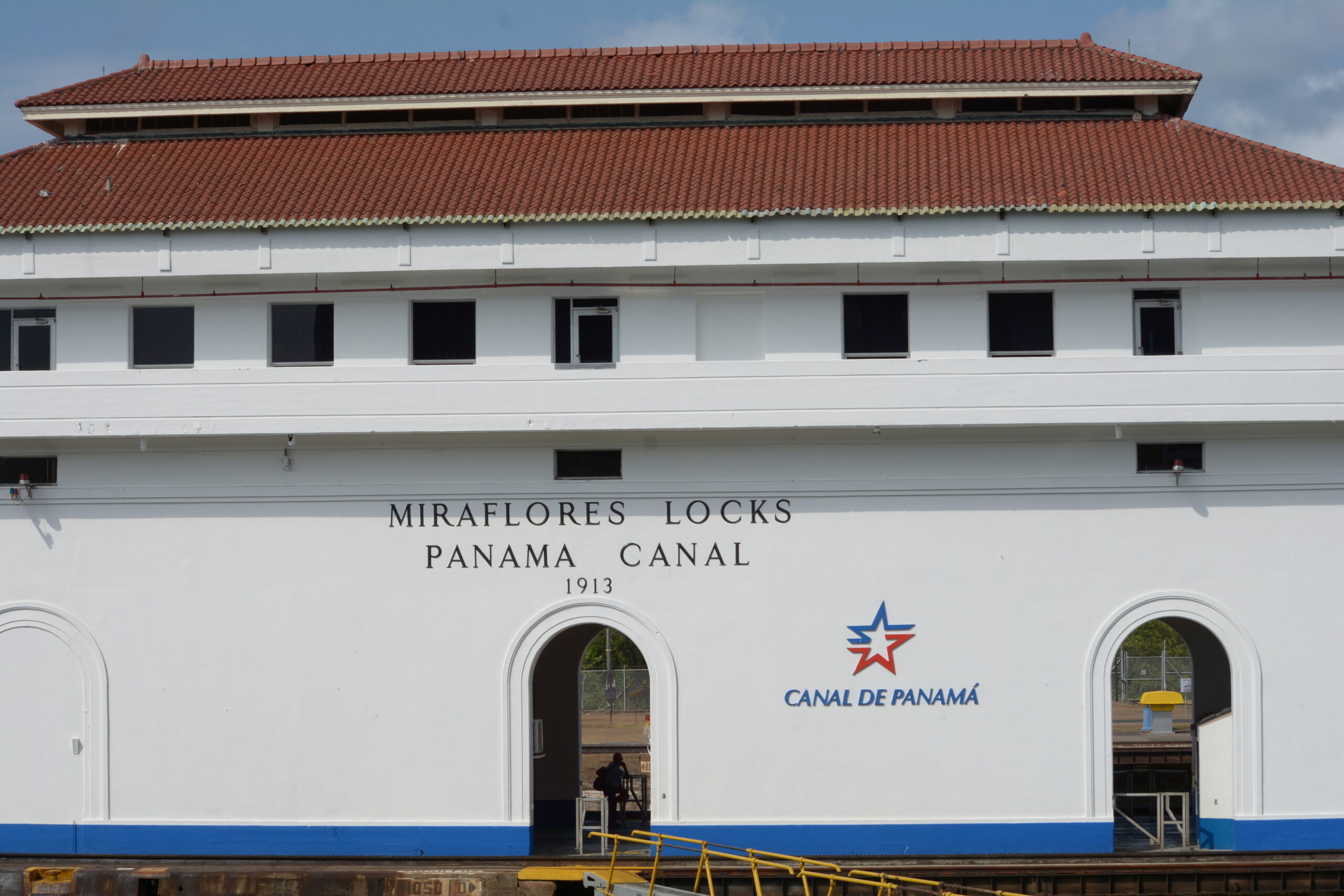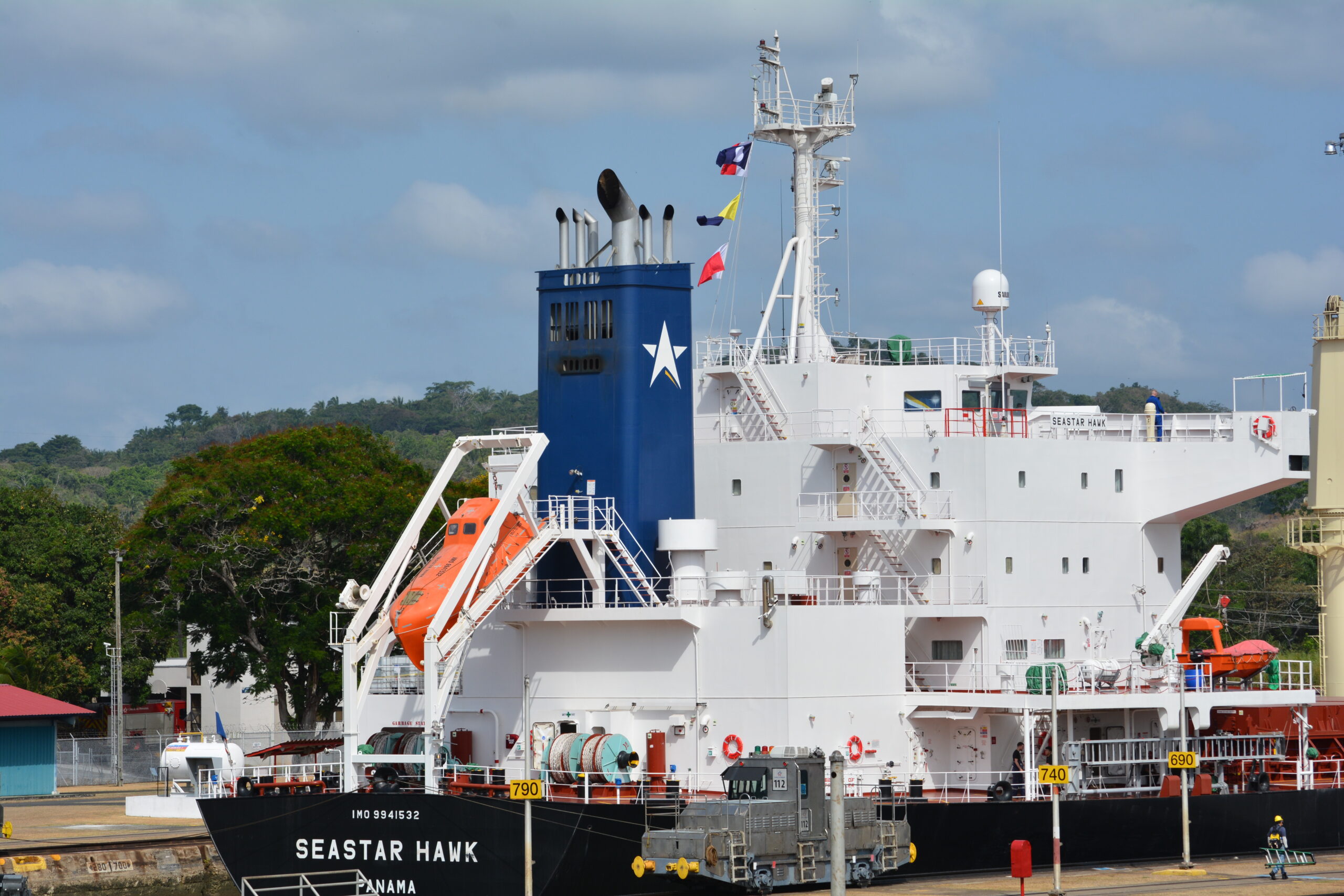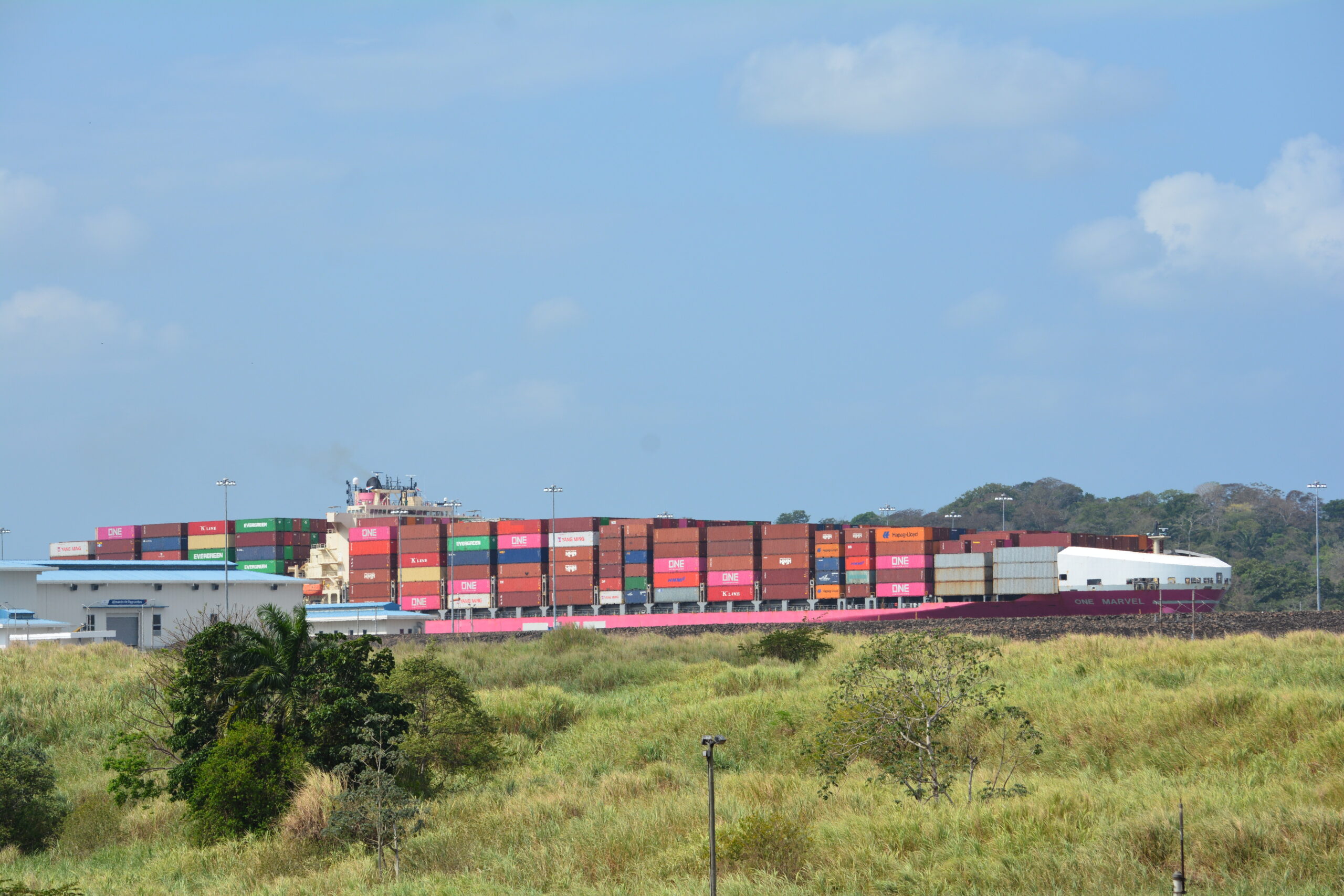The Panama Canal is a man-made waterway that connects the Atlantic and Pacific Oceans through the narrow isthmus of Panama. The canal was constructed by the United States between 1904 and 1914, and it remains one of the most impressive engineering feats in modern history.
The canal is approximately 50 miles long and consists of three sets of locks that raise and lower ships to different water levels. The canal allows ships to bypass the lengthy and treacherous journey around the southern tip of South America, saving time and money for international trade.
The canal has had a significant impact on global commerce, enabling trade between the East and West and facilitating the growth of economies across the world. The canal is also an important source of revenue for Panama, as it charges tolls based on the size and type of vessel passing through.
In 2016, a new set of locks was completed, allowing larger ships to pass through the canal and increasing its capacity for global trade. Today, the Panama Canal remains one of the most important and strategic transportation routes in the world.


